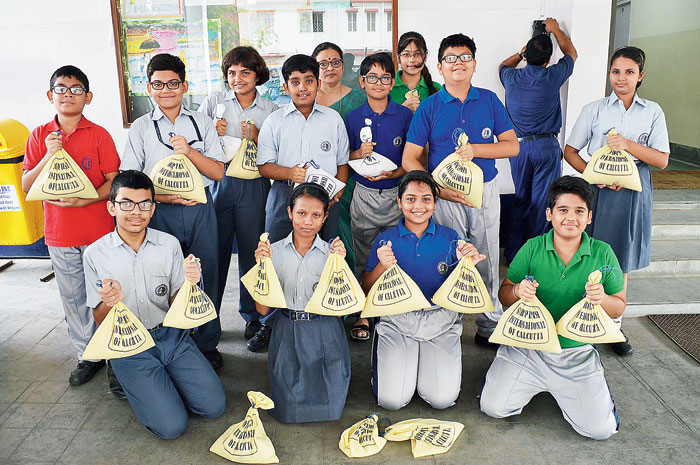While some people feel that history is being turned back, certain facts suggest that it is not so easy. The All India Survey on Higher Education 2018-19 shows that, generally speaking, women’s enrolment has risen in higher education. The increase, from 47.6 per cent in 2017-18 to 48.6 per cent in 2018-19, is in step with the increase of approximately one per cent in the gross enrolment ratio within the same period, while the rise in the enrolment from scheduled caste and scheduled tribe groups is slightly, and hearteningly, sharper. Much of this can be put down to an increase in the number of higher education institutions, although certain places in the country, such as Bangalore or Jaipur, still boast a concentration of such institutions. In spite of that, the proliferation of colleges and universities can only be a good thing. Most heartening, though, is the fact that girls have overtaken boys quite strikingly in number in the higher education institutions of Uttar Pradesh and, on a lower scale, in Karnataka. Such a development can be of overwhelming importance for the future of social change in both states because it lays the ground for women’s agency.
But a possibility is not a certainty, especially in India where positive changes are complicated by numerous pressures. Some questions must be confronted first. Does increased enrolment in higher education mean that the standards of school education have improved? So far, there has been no such indication — reports of achievement levels in schools are quite alarming. What proportion of students in the highest levels of study comes from non-government schools, or, more specifically, are women? The percentage of women scholars in India’s institutions of national importance is a poor 24 per cent. How widely spread are these? Higher study is a stage in life. The potential of educated young people must find full expression in satisfying work and living conditions after they get their degrees: is India ready for that? Educated women are a positive force in a nation; is Indian society ready to let them fulfil their potential without being beaten, tortured, raped and killed? Against all these cautionary concerns, however, there must be hope that those being educated today will exert their agency and use their expertise for change in the future. That more girls than ever before are going into higher studies now does prove that history cannot be turned back at anybody’s will.













